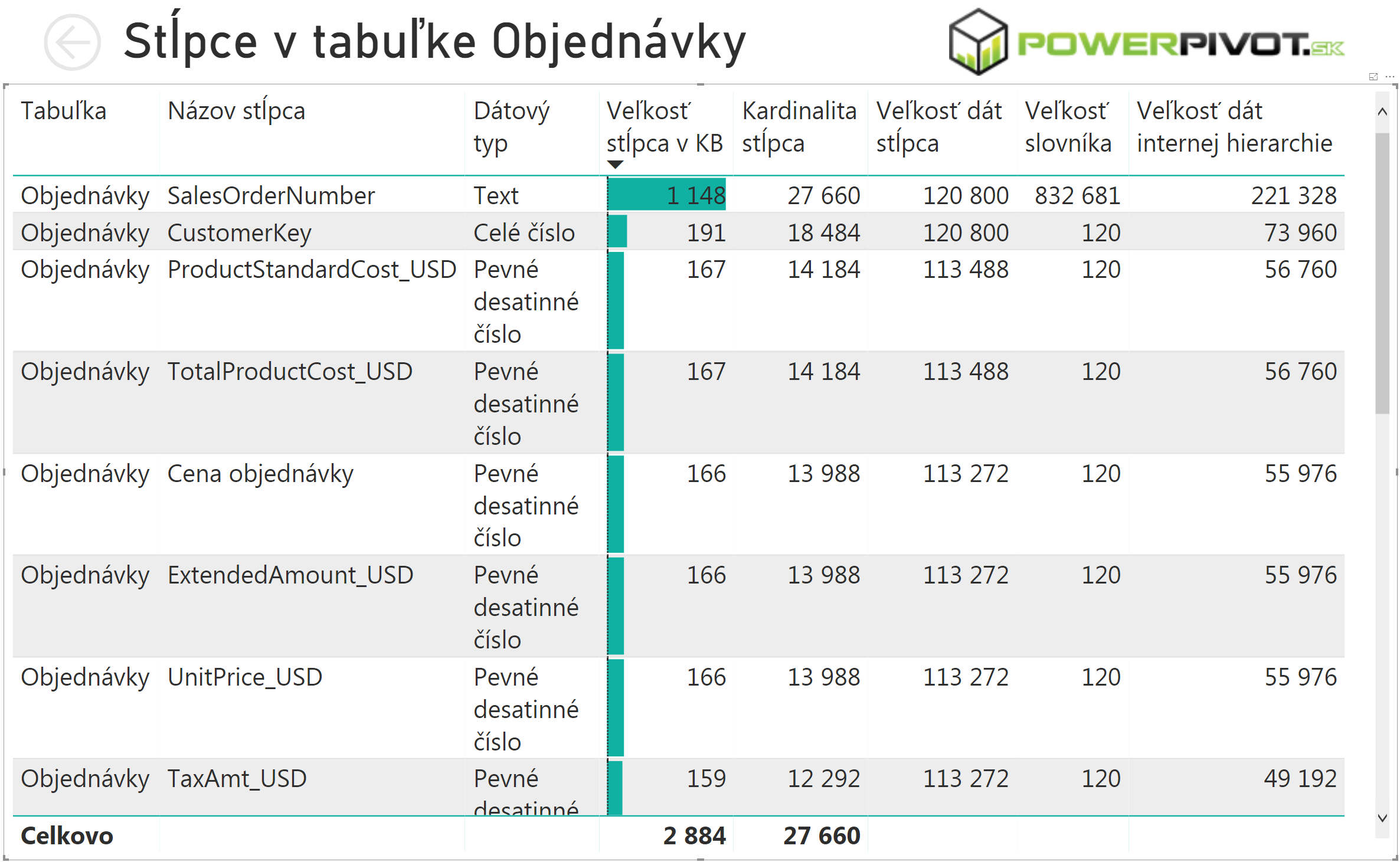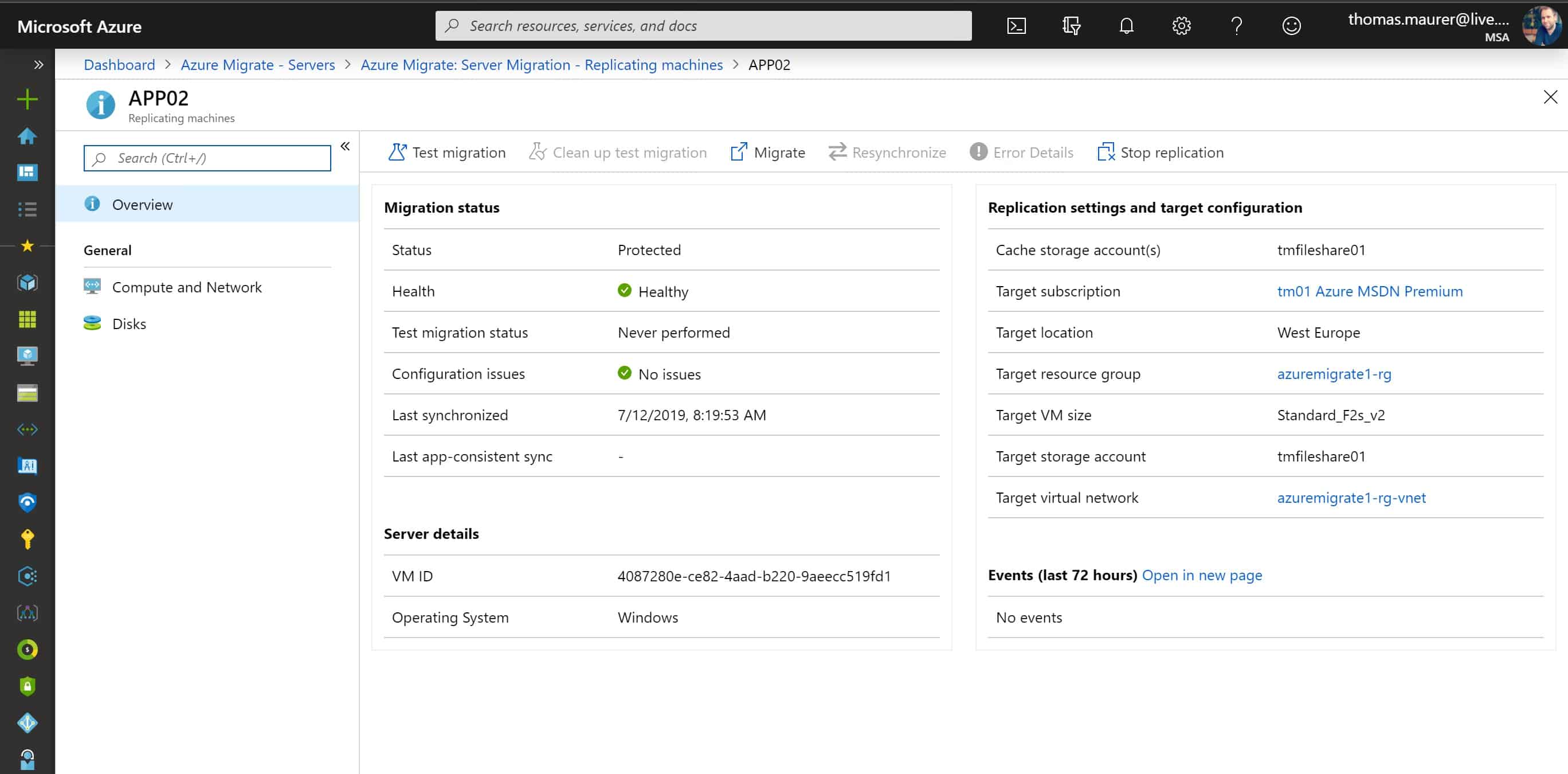

- MIGRATE SSAS TABULAR TO AZURE DRIVER
- MIGRATE SSAS TABULAR TO AZURE FULL
- MIGRATE SSAS TABULAR TO AZURE PROFESSIONAL
The success of Power BI also increased its adoption for professional BI developers, in enterprise-level models. At the same time, the availability of API, libraries, and documentation also favored the development of community and third-party tools that increased the productivity of model authors. At this point, the development ecosystem had different Microsoft tools targeted to different users. Indeed, the user interface of Power BI is simple and it does not provide access to many details, usually required only for large Tabular models developed in Visual Studio.

It is worth repeating this: Power BI primarily targets users, not developers. The target audience of Power BI was the same as Power Pivot, if not larger: report users. In 2015, Microsoft introduced a new development tool to create models with the first release of Power BI. If you want to create a model for Analysis Services or Power BI Premium with a Microsoft tool today, you use this Visual Studio extension. This tool is now known as Analysis Services Projects. Part of the development experience moved to a new Visual Studio extension created to edit Tabular models, which was initially part of SQL Server Data Tools (SSDT).

With the advent of self-service BI, in 2010 Power Pivot for Excel introduced a different development environment. BIDS was initially released in 2005 as an extension of Visual Studio, and it is still available today. In the first wave of products for Business Intelligence, Microsoft provided a single comprehensive tool called Business Intelligence Development Studio (BIDS) to develop models, reports, and ETL modules. A short history of Microsoft development tools Participating in crowdfunding for DAX Studio and buying the commercial version of Tabular Editor is an essential step to ensure the continuity and support of the existing ecosystem. However, the tools themselves are neither built nor supported by Microsoft. Both DAX Studio and Tabular Editor use libraries provided and supported by Microsoft. Tabular Editor and DAX Studio are two tools that are fundamental in order to create, maintain, and optimize an enterprise-level Tabular model. In fact, the success and popularity of these third-party tools for professional developers allowed Microsoft to reduce its investments in tools for professional developers, prioritizing new features that increase Power BI adoption rather than providing an incremental advantage to professional enterprise BI developers. This need was met by a collection of open-source, third-party tools that are now considered by the broader community – and even by Microsoft – an indispensable part of the enterprise development story of Power BI and Analysis Services.
MIGRATE SSAS TABULAR TO AZURE FULL
However, this same focus left the professional developers wanting tools more suited for large and complex enterprise projects, and that can take advantage of the full range of features of Analysis Services and Power BI Premium.
MIGRATE SSAS TABULAR TO AZURE DRIVER
This singular focus on ease of use and on quick results is still a major driver for the spectacular success of Power BI. Since the introduction of Power BI, Microsoft has focused its tooling effort on the self-service, entry-level authors. Microsoft offers a rich, scalable and enterprise-ready backend technology, which relies heavily on third-party tools to take advantage of all of these enterprise features. The development of enterprise-level models for Power BI Premium and Analysis services requires both the Microsoft tools and a set of third-party tools – most of them open-source – to get the job done. This article describes the role of these tools in more detail, and why they are required to access advanced features and improve the productivity of the development process. In a specific post on the Power BI blog, Microsoft explains that community and third-party tools are a fundamental part of the toolbelt required to develop enterprise models in Power BI and Analysis Services. The development tools to create enterprise-level models for Analysis Services and Power BI require some clarification. They discussed the past, present, and future of the development tools for Power BI and Analysis Services models with the authors of the more important tools out there: Tabular Editor and DAX Studio! You can watch the recorded Development Tools for Power BI and Analysis Services models – Live Event with Marco Russo, Daniel Otykier, Darren Gosbell, and Alberto Ferrari. While a few of the features are not yet available in Power BI Premium – and that may stop a few companies from migrating to Power BI Premium – the licensing available in Power BI Premium Per User is making the transition a no-brainer for many small-to-medium companies. Microsoft recently announced the more recent improvements to make Power BI Premium a superset of Azure Analysis Services.


 0 kommentar(er)
0 kommentar(er)
